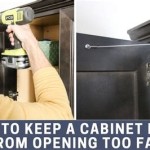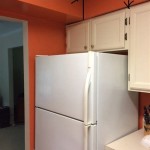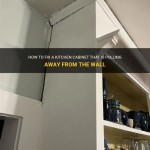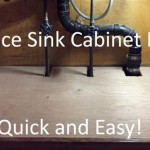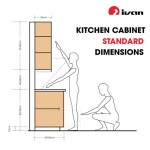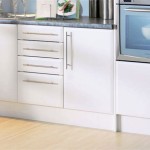Essential Aspects of Kitchen Cabinet Range Hood Design
A range hood is an essential component of any kitchen, providing essential ventilation and removing cooking odors, smoke, and grease from the air. When it comes to kitchen cabinet range hoods, there are several factors to consider for optimal performance and aesthetics.
1. Size and Capacity
The size of the range hood should be proportionate to the size of the cooktop. A wider range hood will provide more effective ventilation for larger cooking surfaces. Additionally, the capacity of the hood, measured in cubic feet per minute (CFM), should be sufficient to handle the volume of air produced by cooking. A good rule of thumb is to select a hood with a CFM rating that is at least 100 cubic feet per minute for every square foot of cooktop area.
2. Noise Level
The noise level of the range hood is an important consideration, especially in open-plan kitchens. Quieter range hoods operate at a lower decibel level, making them less disruptive during cooking. Look for hoods with sound-absorbing materials or features that minimize noise.
3. Style and Finish
Kitchen cabinet range hoods come in various styles and finishes, from traditional to contemporary. Choose a hood that complements the overall design of your kitchen. Consider the color, material, and shape of the hood to ensure it harmonizes with your cabinetry and appliances.
4. Lighting
Many range hoods are equipped with built-in lighting, which provides additional illumination over the cooktop. This can be particularly useful for tasks that require precision, such as chopping vegetables or reading recipes. Opt for hoods with LED lighting for energy efficiency and durability.
5. Baffle Filters
Range hoods typically use baffle filters to capture grease and particles from the air. Baffle filters are more effective than mesh filters and are easier to clean, making them a preferable choice for heavy-duty cooking.
6. Ducting
Kitchen cabinet range hoods can be ducted or ductless. Ducted hoods exhaust air outside through a vent, while ductless hoods recirculate the air back into the kitchen after filtering it. Ductless hoods are more convenient to install but may not be as effective as ducted hoods in removing odors and grease.
7. Installation
Proper installation is crucial for the optimal performance of your range hood. Ensure that the hood is installed at the correct height above the cooktop and that the ductwork is properly connected. Hire a qualified professional to install your range hood for safety and efficiency.
8. Maintenance
Regular maintenance of your range hood is essential to maintain its performance and longevity. Clean the baffle filters frequently to prevent grease buildup and ensure proper airflow. Inspect the ductwork periodically for any obstructions or damage.
By considering these essential aspects, you can select a kitchen cabinet range hood that not only enhances the functionality of your kitchen but also complements its aesthetics. A well-designed range hood will provide effective ventilation, reduce odors and grease, and elevate the overall experience of cooking and entertaining in your home.
Diy Range Hood Reveal Kitchen Renovation Design

Hood Designs Of Today Crystal Cabinets

House Home 70 Kitchen Vent Hood Ideas For Your Next Reno

Range Hood Design Ideas For Your Kitchen Renovation Toulmin Bath Custom Cabinets Kitchens And Bathroom Remodeling In Tuscaloosa Birmingham Alabama

28 Stylish Range Hoods Ideas For Kitchen Ovens

Covered Range Hood Ideas Kitchen Inspiration The Inspired Room Interior Design Inspirations

11 Kitchen Range Hood Design Ideas Lily Ann Cabinets

Kitchen Design The Simple Range Hood Style Guide Irpinia Kitchens

15 Kitchen Hood Design Ideas That Will Capture Your Gaze With Photos

Range Hood Designs
Related Posts

